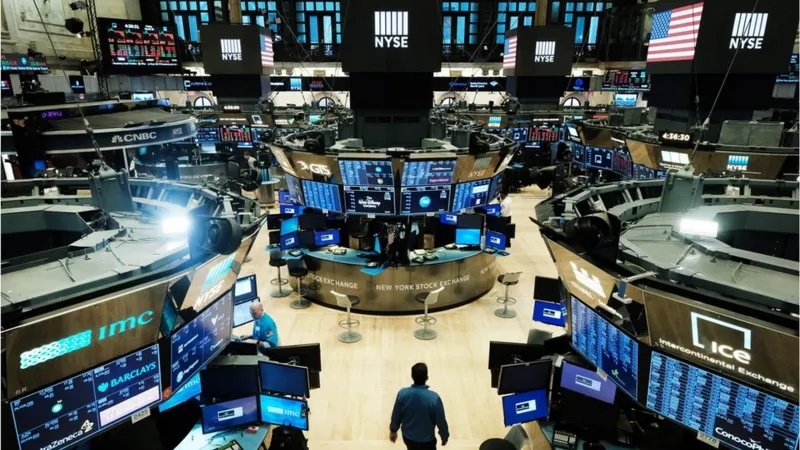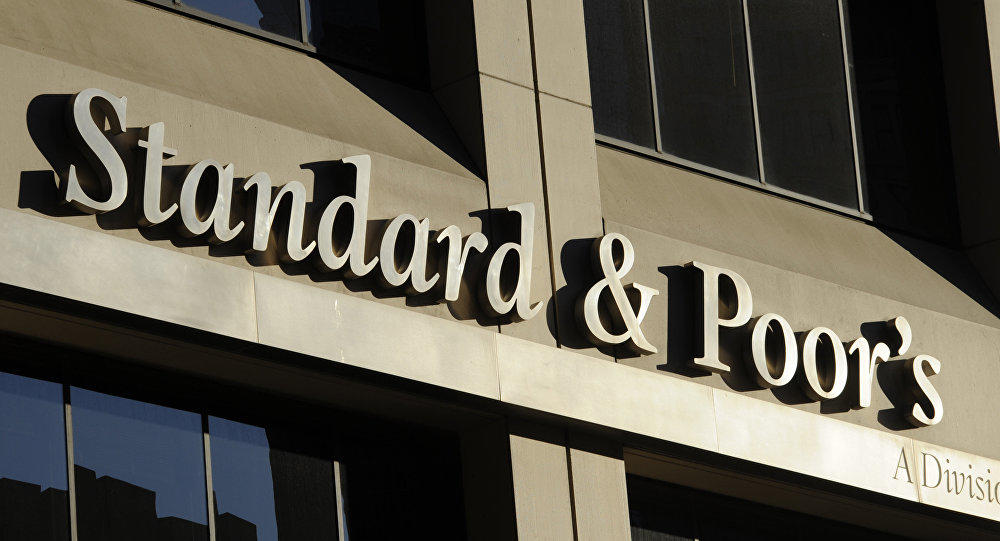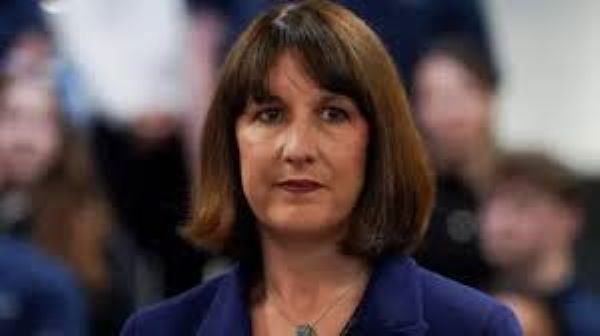Markets React As US-Russia Talks Stoke Hopes, Fears Among Investors

Markets are watching closely as US and Russian officials meet for the first time in years to discuss a possible resolution to the war in Ukraine.
“Investors are weighing whether this unexpected diplomatic push signals a meaningful shift—or just more geopolitical posturing,” says Nigel Green, CEO of deVere Group, one of the world’s largest independent financial advisory and asset management organizations.
US Secretary of State Marco Rubio and Russian Foreign Minister Sergei Lavrov are meeting in Riyadh, marking the highest-level talks between Washington and Moscow since 2022.
But the absence of Ukrainian and European Union representatives raises questions about whether real progress can be made—and what it means for markets in the coming months.
The immediate market reaction has been mixed. European equities, including the STOXX 600 and Germany’s DAX, saw modest gains, reflecting cautious optimism that diplomacy could ease economic strains. Oil, however, remains highly volatile, with Brent crude fluctuating around $82 per barrel as traders assess whether these talks will affect global energy flows or simply reinforce the status quo.
Meanwhile, the US dollar has firmed against risk-sensitive currencies, reflecting investor caution.
“Markets love stability, and this meeting at least opens the door for negotiations,” says Nigel Green.
“But without Ukraine and the EU at the table, there’s every chance that this turns into another geopolitical standoff with no real economic relief.”
He continues: “The talks could influence everything from trade policies to defense budgets. If there are signs of progress, risk assets like European equities and emerging market currencies may strengthen. However, continued deadlock or an escalation in rhetoric could push investors further toward safe-haven assets, intensifying pressure on bonds and gold.”
The markets are already adapting to a fragmented global economy, Nigel Green adds.
The wider economic consequences extend far beyond a single diplomatic event. Russia’s economy has contracted under Western sanctions, with GDP shrinking by 2.1% in 2022 and continuing to struggle despite efforts to reorient trade flows.
Meanwhile, Ukraine’s economy has suffered a historic collapse, with GDP plunging more than 29% in 2022 and only beginning to stabilize due to massive international aid inflows.
At the same time, the EU has committed over €134 billion to supporting Ukraine’s recovery, a massive fiscal effort that could weigh on European budgets for years to come.
The longer the war drags on, the more global capital will be redirected away from long-term investment opportunities and toward short-term crisis management.
“These talks may provide a short-term boost to sentiment, but the real question for investors is whether we are moving toward de-escalation or continued economic fragmentation.”
While any diplomatic engagement between Washington and Moscow is significant, these talks come with major caveats. With key stakeholders absent and uncertainty running high, global markets will be on edge for the foreseeable future.
“This isn’t just about Ukraine—it’s about the balance of power in global markets,” Nigel Green concludes.
“Smart investors are already positioning themselves for multiple scenarios, from an eventual peace deal to prolonged economic realignment. Either way, the financial world is changing, and portfolios need to change with it.”





